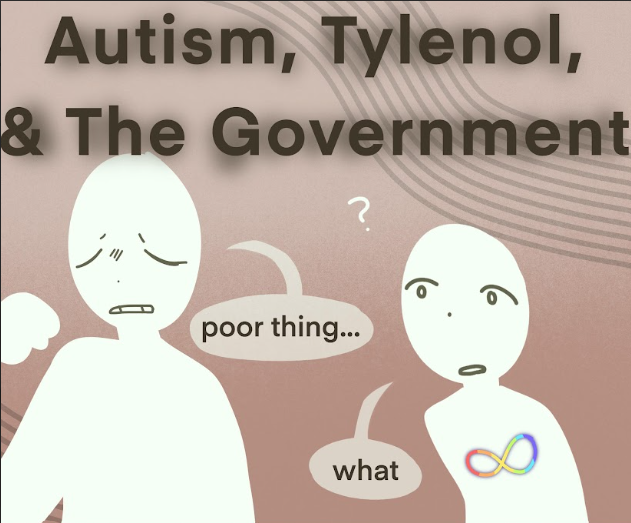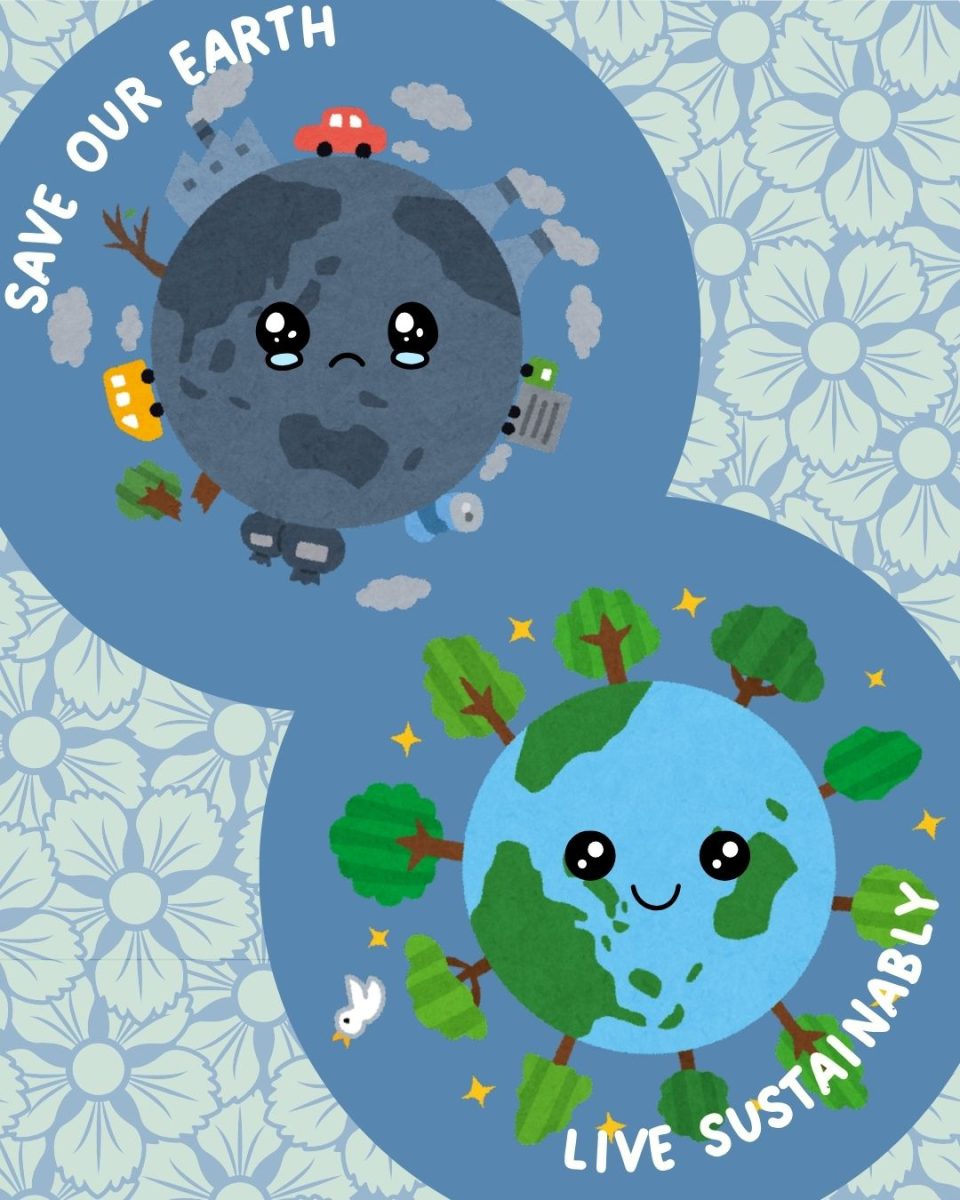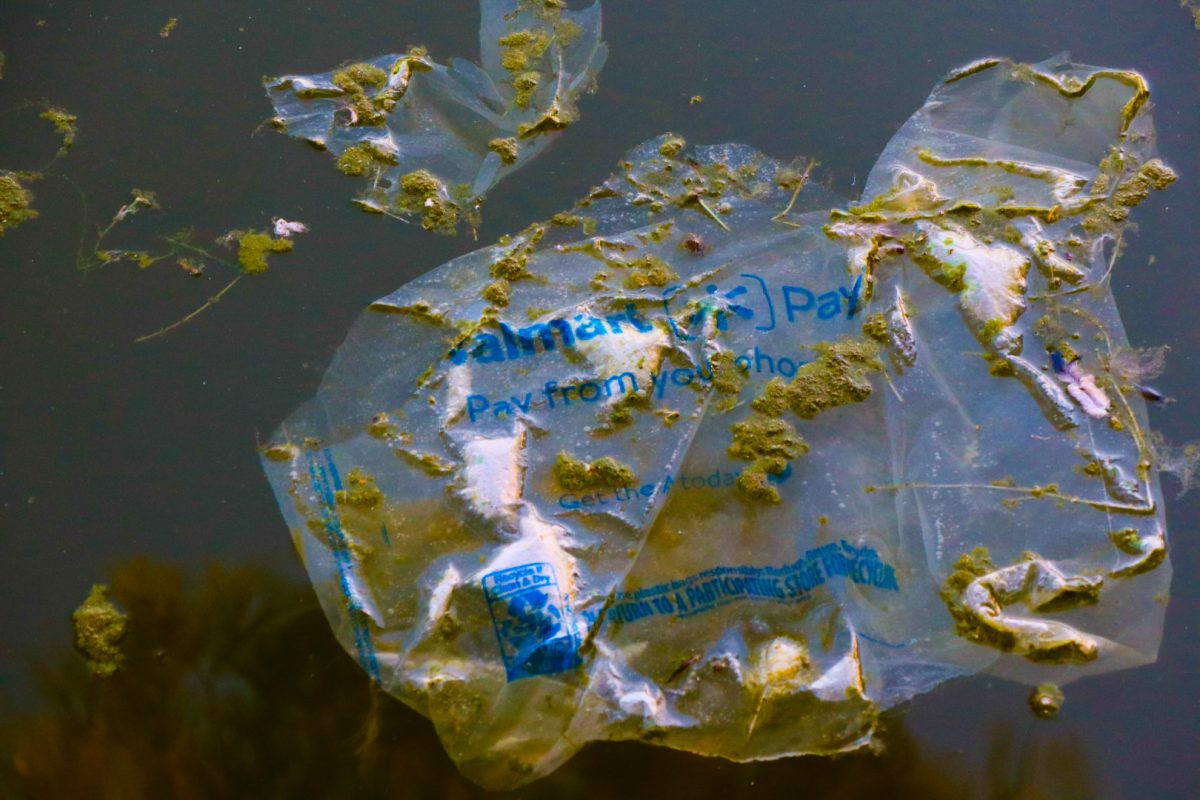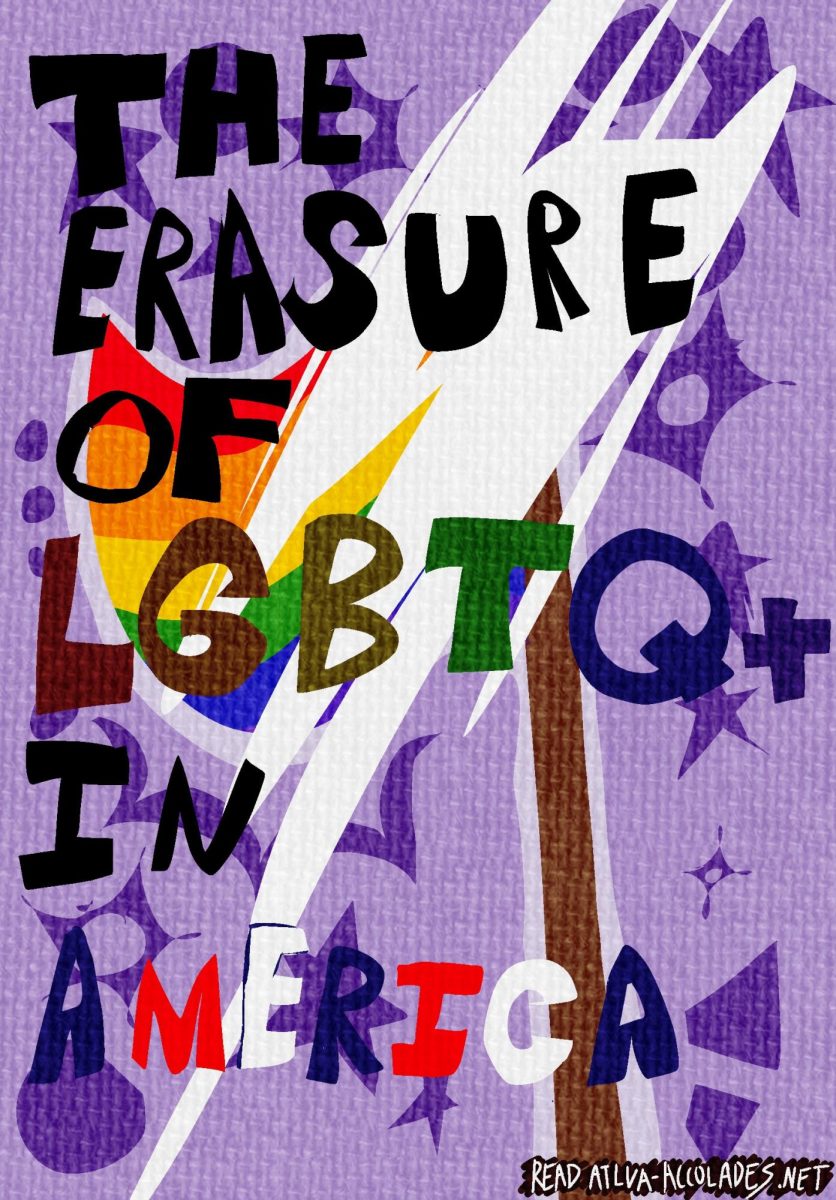This is a follow up article on a prior piece, From Green to Grim: The Environmental Fallout of Trump’s Executive Orders on Day 1 in Office
At the start of this year, Donald Trump was inaugurated as the 47th President of the United States, marking the beginning of his second term in office. Trump and his administration have quickly shown that their approach to environmental policy drastically differs from the previous Biden administration.
Signing over 50 executive orders on just day 1 in office (7 of which directly impacted the environment), Trump’s immediate actions rolled back various environmental protections, withdrew the U.S. from climate agreements, and made efforts to prioritize fossil fuel expansion. These actions have reshaped federal environmental policy, with consequences already unfolding, and more to come in the months ahead.
Now, almost halfway through the calendar year, we’ll examine the impact of these decisions on day 1, the new environmental policies introduced since, and the ongoing consequences of these actions for the U.S. and beyond.
The Results of the 7 Day 1 Executive Orders Impacting the Environment
Withdrawal from the Paris Climate Agreement
On inauguration day, Trump initiated a second withdrawal from the Paris Climate Agreement. After exiting this agreement that aims to limit the global temperature rise, other nations have remained committed to this agreement and continue to operate without U.S. involvement, weakening U.S. credibility in climate negotiations and placing greater strain on other nations committed to the agreement. According to World Economic Forum, executive Secretary of the UN Framework Convention on Climate Change (UNFCC) Simon Stiell in a speech stated, “A country may step back, but others are already stepping into their place to seize the opportunity, and to reap the massive rewards: stronger economic growth, more jobs, less pollution and far lower health costs, more secure and affordable energy.” Although Stiell is operating with optimism, a Carbon Brief analysis showed that roughly 95% of countries missed a UN deadline to submit new climate pledges for 2035.
Unleashing American Energy
This order cut back on limitations to oil, gas, and coal extractions, prioritizing fossil fuel use and production on federal land and waters. Now, as increased drilling and mining activity has led to more rapid fossil fuel production, we are already seeing signs of the environment suffering. Environmental groups and local governments have noted spikes in air pollution where new projects have begun, and this result will only worsen as these projects continue.
Blocking New Wind Energy Projects
This action halted plans for wind energy projects, an approach to introducing more sustainable energy with the use of a renewable energy source. This had an instant impact with multiple projects being halted. For example, the University of Maine’s $15.8 million offshore wind initiative was suspended at critical stages just weeks before it was set to launch. Trump had stated that it would not affect existing leases, but then had comprehensive reviews conducted of existing wind energy projects to identify legal basis for removal. This also included the Empire Wind Project in New York, which had to completely halt construction after federal authorities ordered a review, setting back progress on a $5 billion project aimed at accelerating the clean energy transition. This not only sets back renewable energy progress, but also raises concerns about investments in clean energy infrastructure and projects.
Revisiting the EPA’s Climate Change Findings
In 2009 the Environmental Protection Agency (EPA) found and declared that greenhouse gas emissions were a threat to public health. This executive order directed the EPA to revisit this finding, already posing a serious threat to the integrity of scientific inquiry and challenging the role of science in shaping policy. It’s since received lots of backlash from scientists and climate experts as they warn about the detrimental effects of a decision like this. Senior lawyer for the Environmental Defense Fund Peter Zalzal told AP News, “The directive to reconsider the endangerment finding comes straight from Project 2025 and is both cynical and deeply concerning given the mountain of scientific evidence supporting the finding, the devastating climate harms Americans are experiencing right now and EPA’s clear obligation to protect Americans’ health and welfare.” As a result of this, the EPA is now setting sunset dates for various regulations that were in place coinciding with the endangerment finding, and have additionally announced 31 actions they will be taking in order to execute the priorities of this, and the other, executive orders.
Ending the Green New Deal
In terminating the Green New Deal, federal funding was cut for clean energy projects and initiatives tied to the Inflation Reduction Act and the Bipartisan Infrastructure Law. This has prompted even more actions so far that are taking more and more steps away from a sustainable future. This includes the loss of climate resilience funding like flood prevention systems and wildlife mitigation efforts, which leaves communities vulnerable and ecosystems at risk without vital protection. The National Oceanic and Atmospheric Administration (NOAA) has now laid off over 2,000 employees, signifying a 20% reduction to their workforce, according to USA Today. These pushbacks significantly reduce climate research and disaster resistance and preparedness efforts.
Declaring A National Emergency
On inauguration day, Trump declared a national emergency that pushed for increasing fossil fuel production and claiming there was a need for energy independence and affordability. This expedited fossil fuel production, removed limitations, and expanded drilling and mining operations, all extremely damaging to the environment and the fight against climate change. The U.S. Energy Information Administration reports a 15% increase in crude oil production since this order took effect.
Terminating Environmental Justice Programs
This executive order eliminated the EPA’s Office of Environmental Justice, moved to cancel nearly 800 environmental justice grants, and removed pollution protections for marginalized communities. In places that were previously protected by environmental justice grants, there are now reports of higher levels of industrial pollutants. This included the termination of tree-planting grants in Florida, coastal flood protection in Alaskan villages, air quality monitoring in North Carolina, and many more vital initiatives to preserve our planet.
The Ongoing Fight for What’s Right for Our Environment
With these 7 actions on just day 1, significant damage has already been done to our environment, setting us back even further in the already rapidly worsening race against climate change. Even more so, Trump and his administration have initiated a number of other actions and setbacks including funding cuts and layoffs for our national parks, deep-sea mining expansion, reconsideration of the Clean Power Plan, and more. Decisions like these prioritize short-term economic gain over long-term sustainability, leaving communities vulnerable and causing direct harm to our already endangered planet. By dismantling necessary environmental protections and expanding efforts that diminish ecosystems, we will be seeing the effects for generations to come.


























